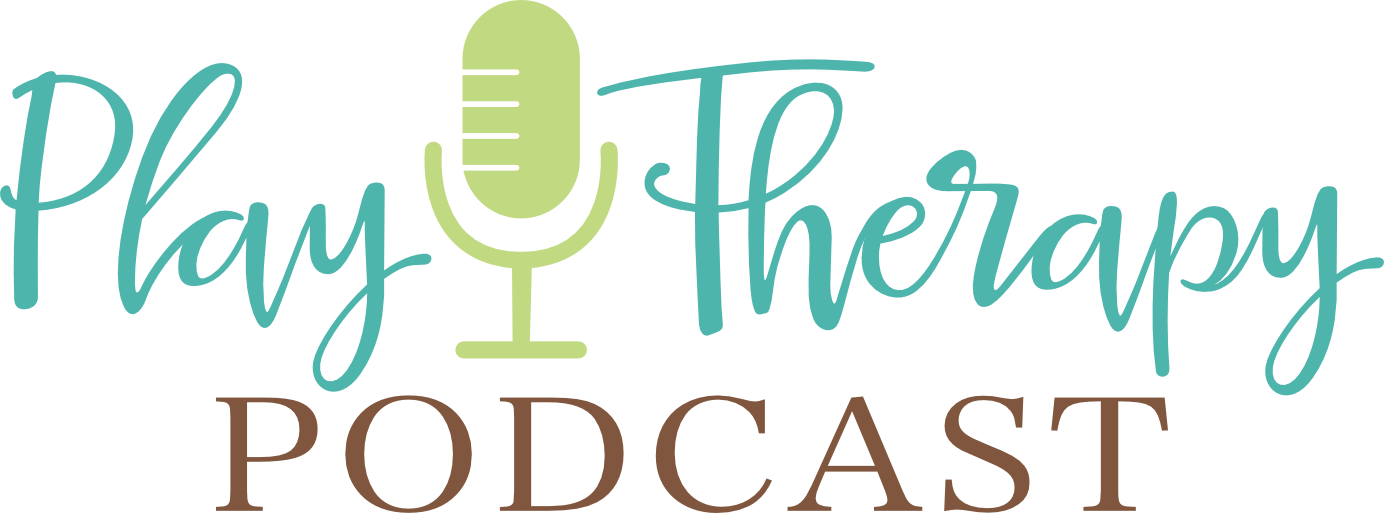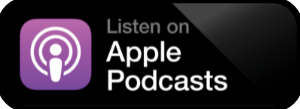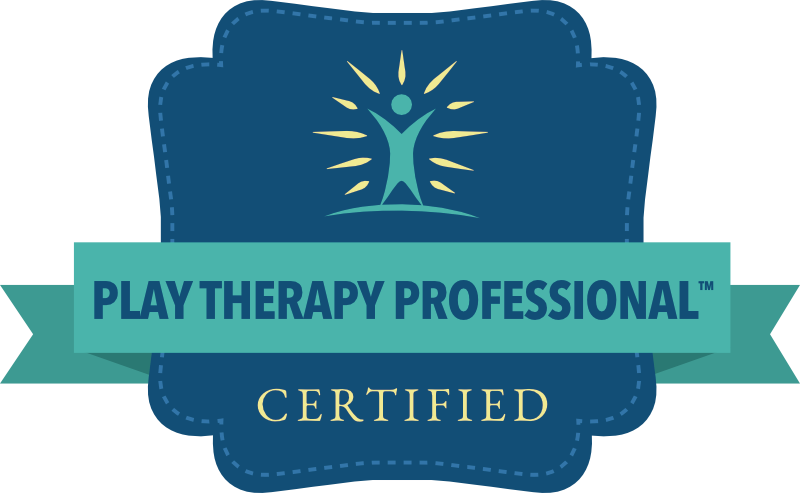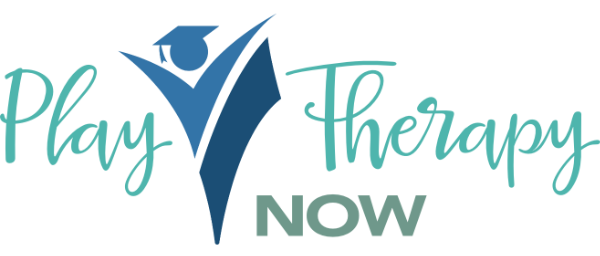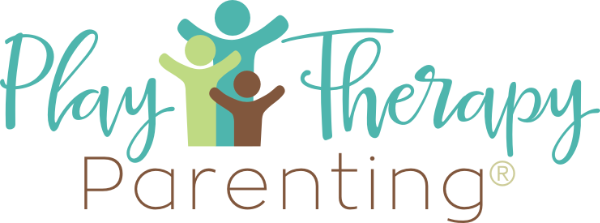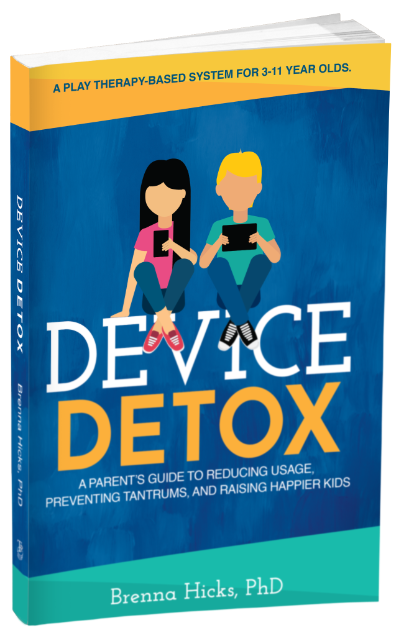When a Child’s Outbursts are Limited to Home: A Child-Centered Play Therapy Perspective
In this episode, I answer a question from Tammy in Canada about a 9-year-old child who is well-behaved in settings like school and sports, but has outbursts, hits parents, swears, and calls names when experiencing big emotions at home. The child then deals with a lot of shame afterwards.
I explain that when a child is dysregulated predominantly at home but regulated everywhere else, it usually means the child treats the people who provide the most unconditional love and acceptance the worst. It’s like a pressure cooker – the child holds it together everywhere else but lets it all out at home because they feel safe to fall apart there, knowing their parents will love them anyway.
The key is for parents to use child-centered play therapy strategies at home – reflecting the child’s feelings in the moment and setting appropriate limits. The child needs to build emotional vocabulary and self-esteem, which are universal outcomes of CCPT. With psychoeducation and training, parents can learn to sit in the pocket of the feeling with their child rather than trying to talk them out of their emotions.
If you would like to ask me questions directly, check out www.ccptcollective.com, where I host two weekly Zoom calls filled with advanced CCPT case studies and session reviews, as well as member Q&A. You can take advantage of the two-week free trial to see if the CCPT Collective is right for you.
Ask Me Questions: Call (813) 812-5525, or email: [email protected]
Brenna’s CCPT Hub: https://www.playtherapynow.com
CCPT Collective (online community exclusively for CCPTs): https://www.ccptcollective.com
Podcast HQ: https://www.playtherapypodcast.com
APT Approved Play Therapy CE courses: https://childcenteredtraining.com
Twitter: @thekidcounselor https://twitter.com/thekidcounselor
Facebook: https://facebook.com/playtherapypodcast
Dealing with a Child’s Outbursts That Only Happen at Home: A Play Therapy Perspective
As a play therapist, I often encounter parents struggling with children who behave well in public settings but have significant behavioral issues at home. Today, I’m addressing a question from Tammy in Canada about a 9-year-old child who exhibits this exact pattern.
The Scenario: Well-Behaved in Public, Disruptive at Home
Tammy describes a child who is:
- Well-behaved and liked in settings such as sports and school
- Perceived as mature in these environments
- Having outbursts at home, including hitting parents, swearing, and name-calling
- Dealing with significant shame after these episodes
The parents are supportive, use reassuring language, and try to help the child de-escalate. Despite their efforts, the behavior persists, albeit less frequently.
Understanding the Underlying Causes
When we see dysregulation predominantly in one environment (in this case, at home), it usually stems from one of two scenarios:
- The Pressure Cooker Effect: The child treats the people who provide the most unconditional love and acceptance the worst. They hold it together everywhere else but need a safe place to fall apart.
- A Relational Issue: There might be a fracture in the relationship between the authority figure and the child.
In this case, it seems more likely to be the first scenario. The child feels safe enough at home to release the pressure that’s built up from maintaining composure elsewhere.
The Role of Parental Approach
While the parents seem supportive and well-intentioned, it’s crucial to consider whether they might be too permissive. Are they setting appropriate limits on the hitting, swearing, and name-calling? Or are they focusing solely on being kind and loving during these moments?
How Child-Centered Play Therapy (CCPT) Can Help
CCPT can address this situation in several ways:
- Building Emotional Vocabulary: This is a universal outcome of the child-centered model. The child clearly needs to develop better emotional intelligence to express needs and feelings verbally rather than through disruptive behavior.
- Reflecting Feelings: Both in the playroom and at home, the child needs to have their feelings reflected back to them.
- Setting Appropriate Limits: The child needs practice in hearing and complying with limits, both in therapy and at home.
- Increasing Self-Esteem: The child’s behavior suggests a lack of self-esteem and identity. CCPT naturally addresses this as one of its universal outcomes.
- Improving Emotional Regulation: Another universal outcome of CCPT is increased regulation, which will help the child manage their emotions better.
Strategies for Parents
Parents can support their child’s progress by:
- Using CCPT strategies at home, particularly reflecting feelings and setting appropriate limits.
- Avoiding dismissive language like “Just take a breath, you’re fine” when the child is dysregulated.
- Sitting in the pocket of the feeling with the child, rather than trying to talk them out of their emotions.
- Understanding that the child’s behavior at home, while challenging, is actually a sign of a solid relationship where the child feels safe to show their worst side.
The Importance of Consistency
It’s crucial to note that if parents aren’t using CCPT skills at home, it will take longer for the child to implement the skills they’re learning in therapy. The child always fixes the easiest environments and situations first, with the most deeply entrenched patterns taking longer to change.
While it’s challenging when a child reserves their worst behavior for home, it’s often a sign of a strong, loving relationship. By understanding the underlying causes and implementing CCPT strategies both in therapy and at home, we can help the child develop better emotional regulation, self-esteem, and communication skills. Remember, the “why” behind the behavior matters, and with patience and consistency, positive change is possible.
